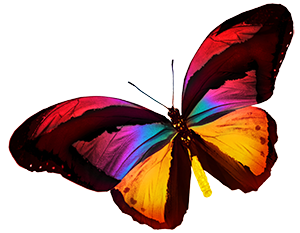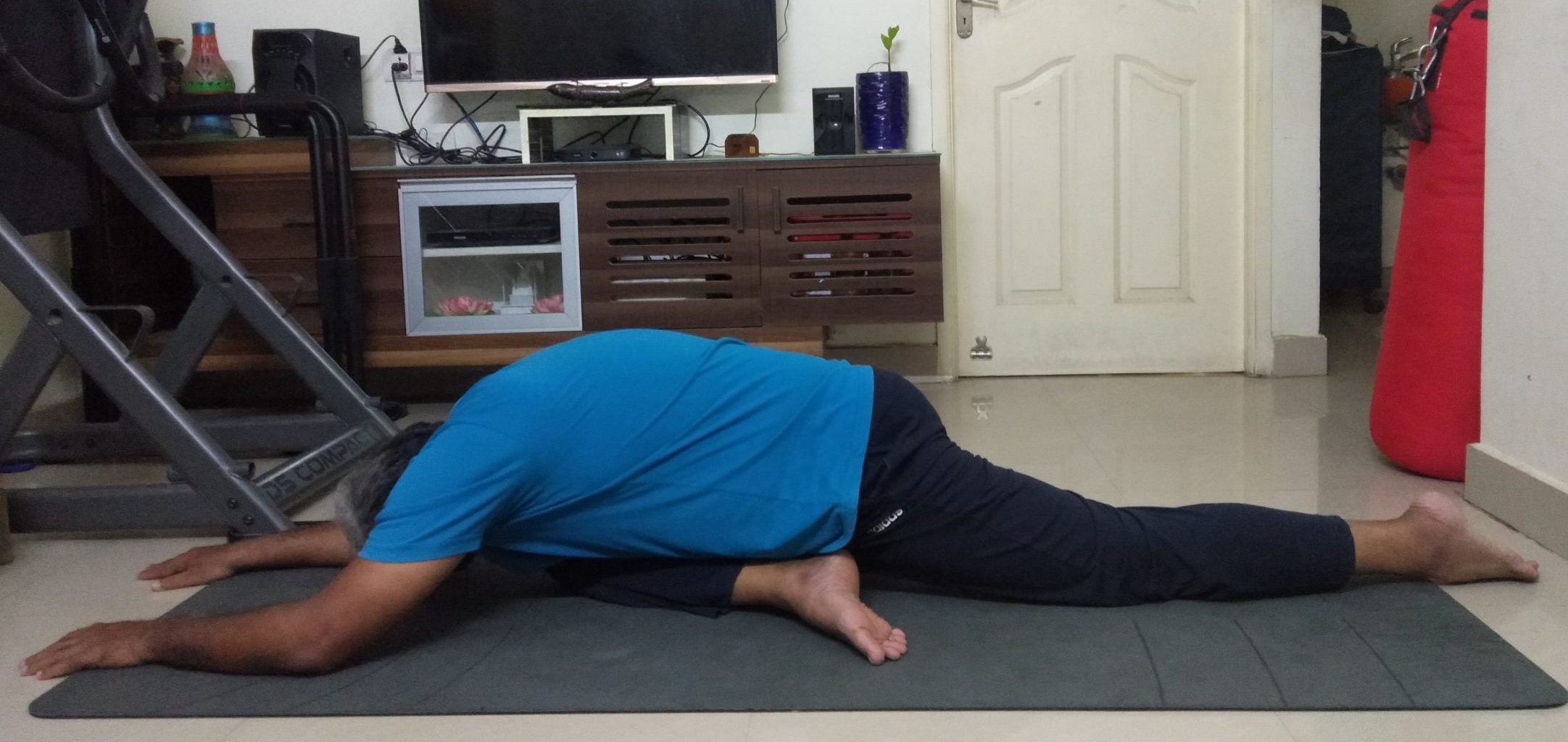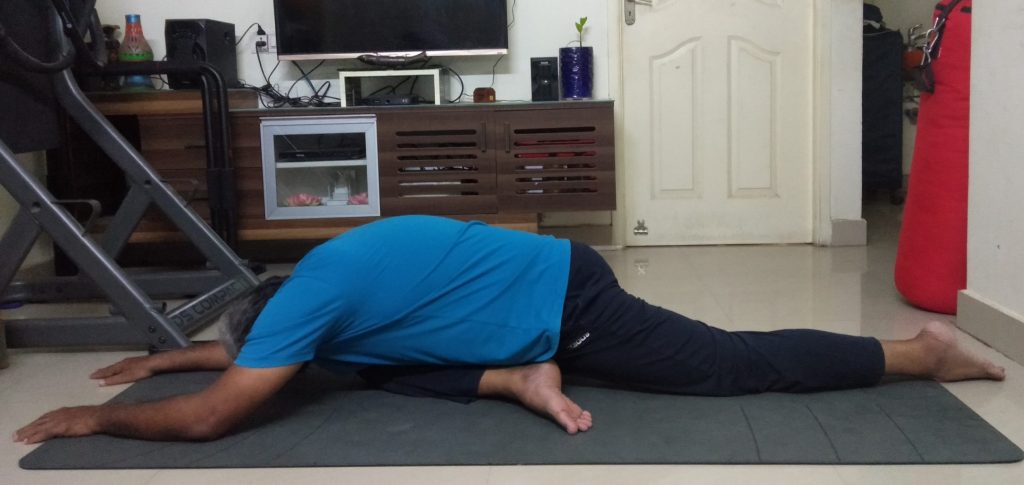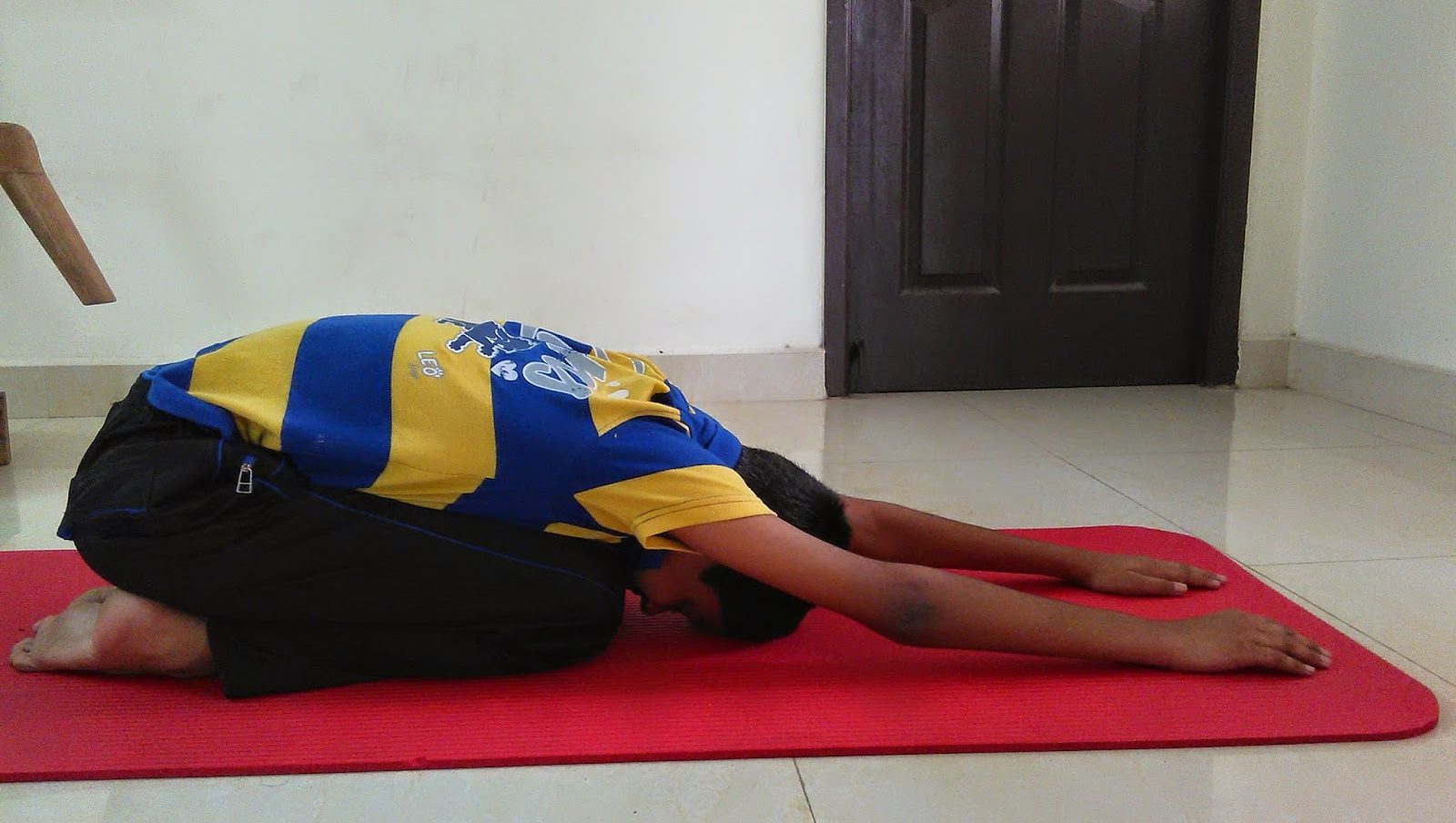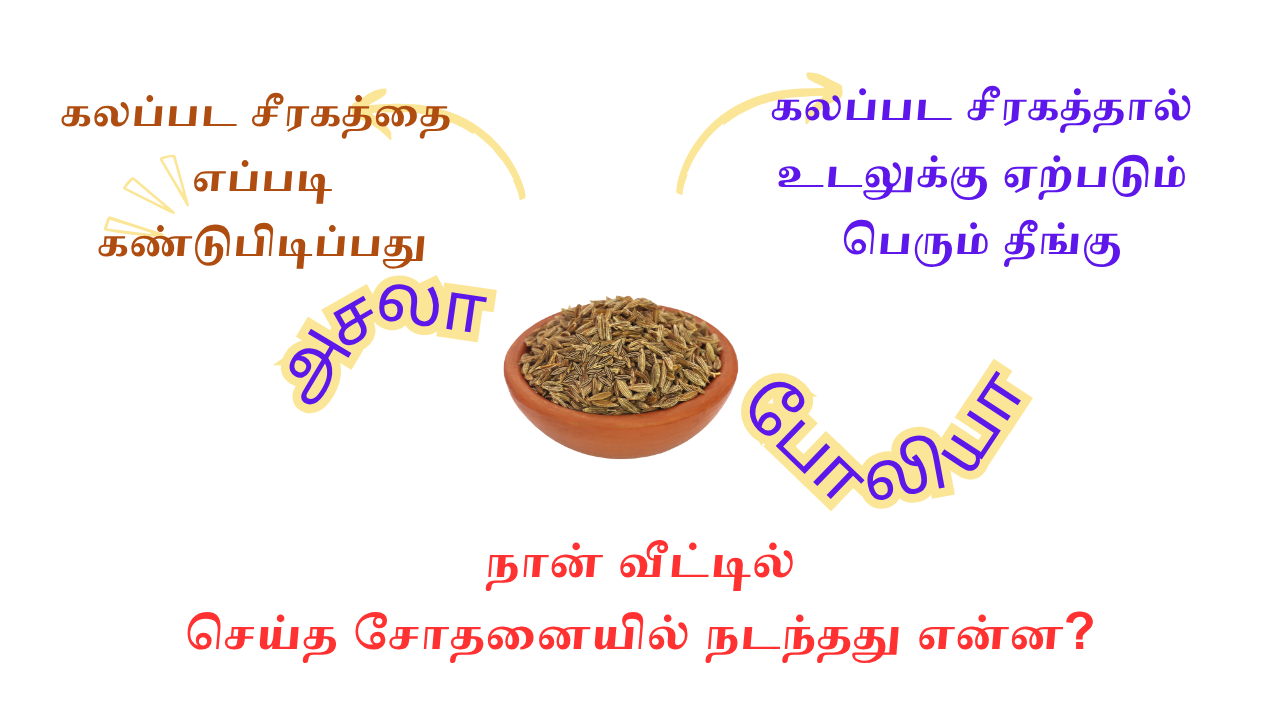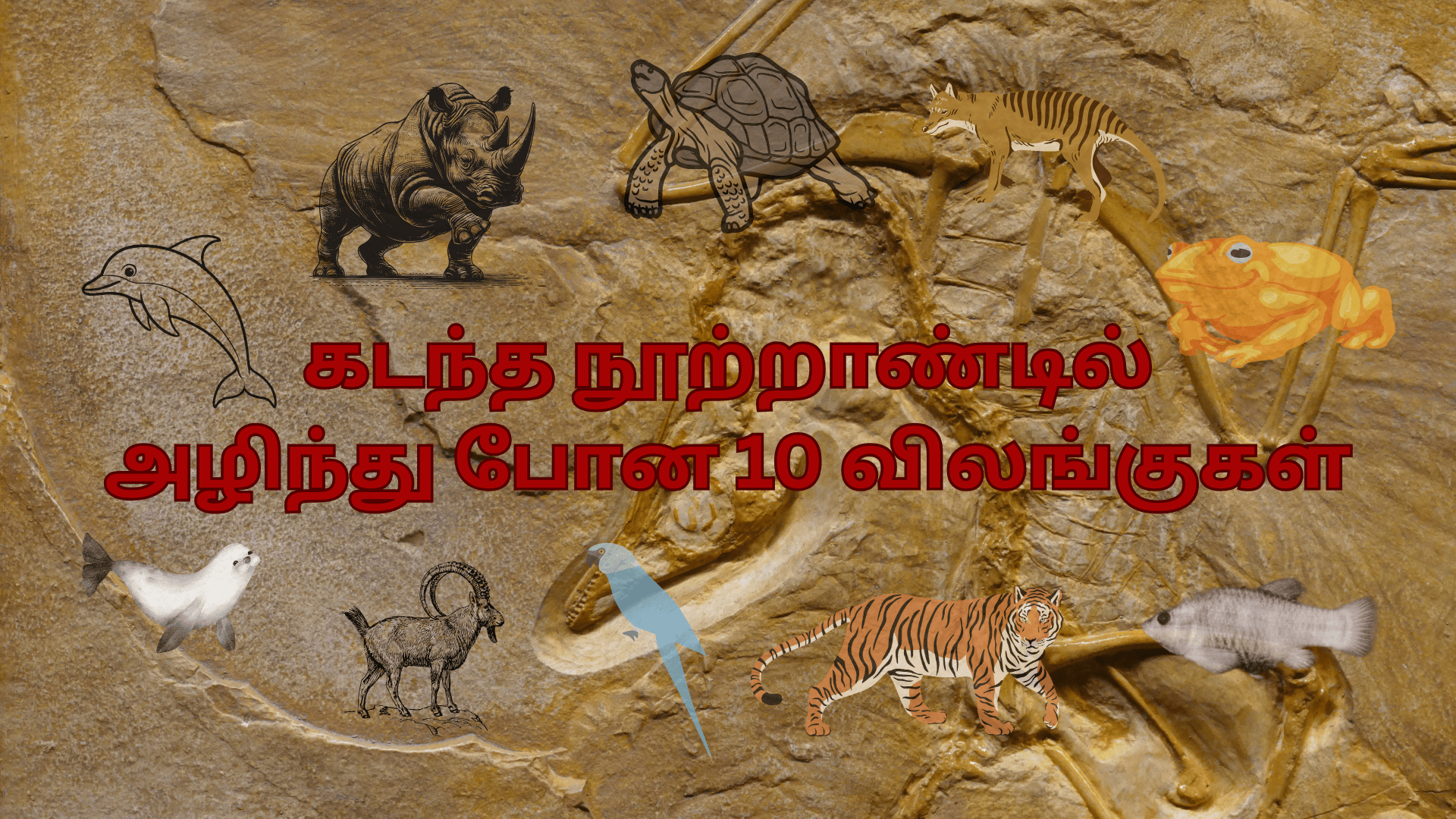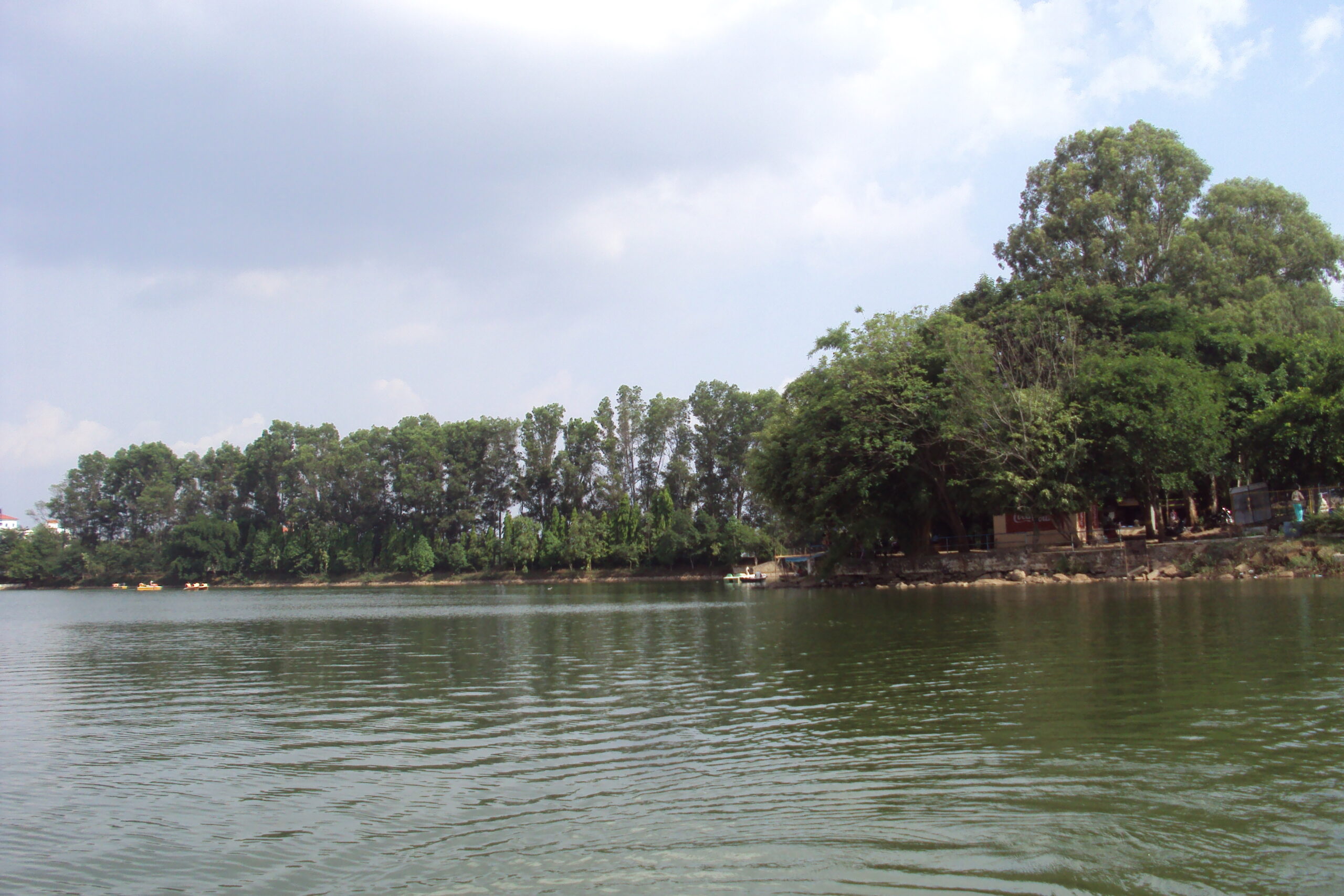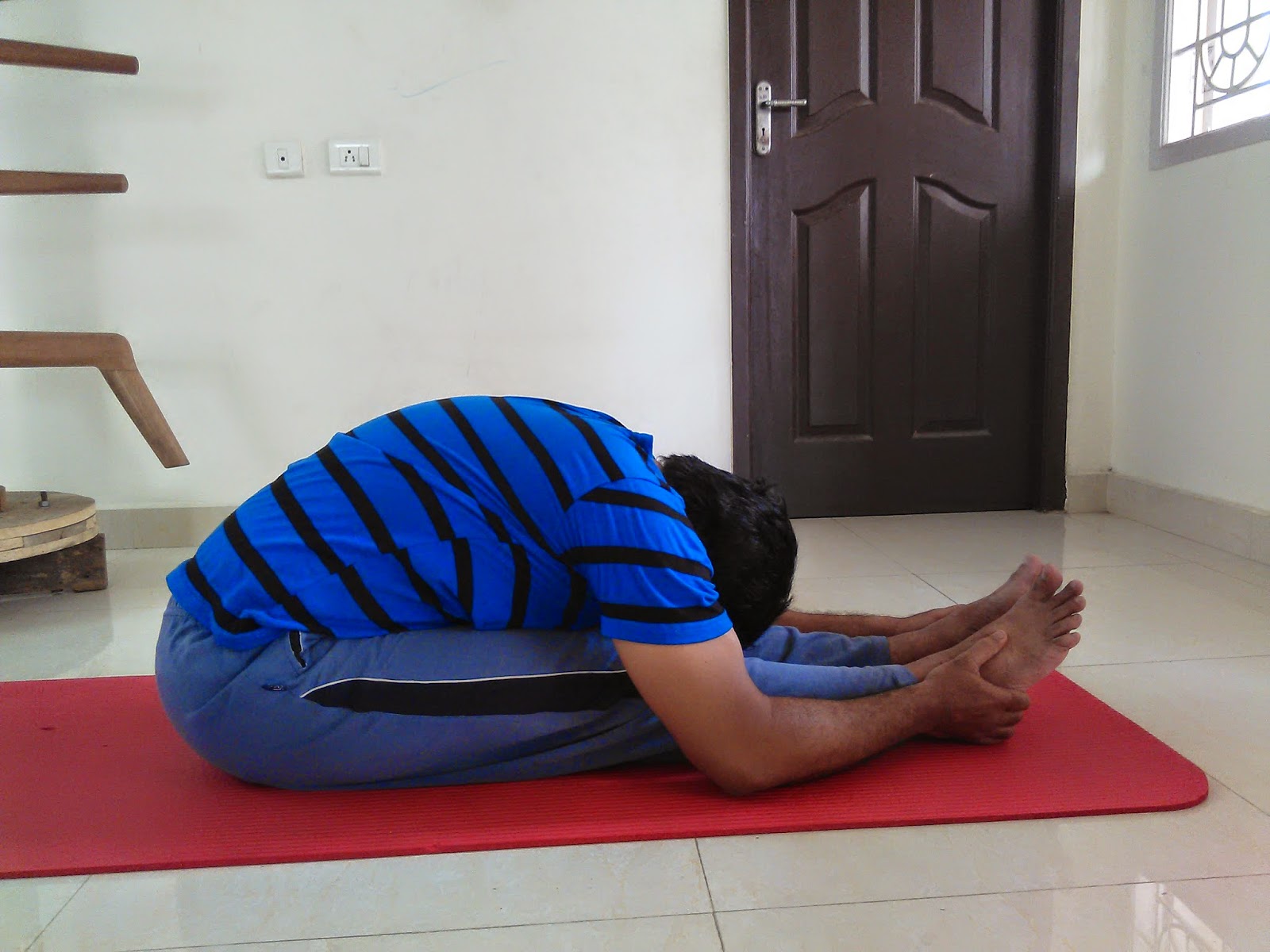Yesterday's post was about One-Legged King Pigeon Pose. Today we will see how to prepare your body so you can perform challenging yoga poses. Performing Downward Facing Pigeon Pose helps to promote flexibility. In Sanskrit, 'adho' means 'downward' 'mukha' means 'face' and 'kapota' means 'bird'. Since the body faces downwards resembling a bird, the pose is named thus.
Downward Facing Pigeon Pose stimulates Solar Plexus Chakra, Heart Chakra, Ajna and Guru Chakras. Solar Plexus Chakra boosts self-esteem. It brings out the energy within. It also attracts universal force. Heart Chakra helps to achieve constructive changes in life. It promotes calm. Guru Chakra is the chakra of wisdom. This chakra not only boosts your knowledge but also expels negativity.
Other Benefits of Downward Facing Pigeon Pose
- Stretches the spine.
- Promotes overall flexibility
- Stretches and relaxes the shoulders and hands
- Opens the hips
- Strengthens the legs
- Prepares the body for challenging poses
- Calms the mind
Instructions
- Assume Downward Facing Dog Pose
- Fold your left leg and place the left knee between your hands.
- Stretch your right leg backwards as you lower your hips to the floor. Your right leg should be placed on the floor.
- Straighten your back, exhale, bend forward and place your forehead on the floor.
- Hold the pose for 30 to 60 seconds.
- Return to Downward Facing Dog Pose and repeat the same on the other side.
Note
In case of difficulty in placing the forehead on the floor, you can place a folded blanket or a yoga block on the floor and place your forehead on the same.
Those with severe spine conditions, hip problems and knee conditions should refrain from practicing the pose.
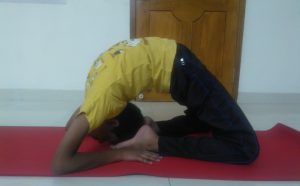
Yoga Pose for Day 80 - King Pigeon Pose (Raja Kapotasana)
In our recent posts, we had covered the benefits and how-to-do of One-Legged King Pigeon Pose and Downward Facing Pigeon Pose. Today's post is about King Pigeon Pose, which is one of the most challenging backbends.
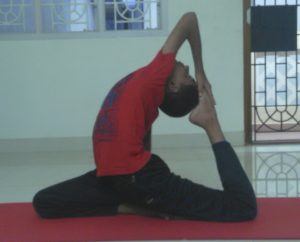
Yoga Pose for Day 78 - One-Legged King Pigeon Pose (Eka Pada Rajakapotasana)
One-Legged King Pigeon Pose is called Eka Pada Rajakapotasana in Sanskrit. 'Eka' means 'one', 'pada' means 'leg', 'raja' means 'king' and 'kapota' means 'pigeon'. One-Legged King Pigeon Pose is one of those amazing poses that challenges your flexibility levels.

Yoga Pose for Day 77 - Side Plank Pose (Vasisthasana)
'Vasistha' in Sanskrit means 'the best'. While performing the pose most of the body weight is balanced on one hand and hence the asana is one of the powerful poses.
